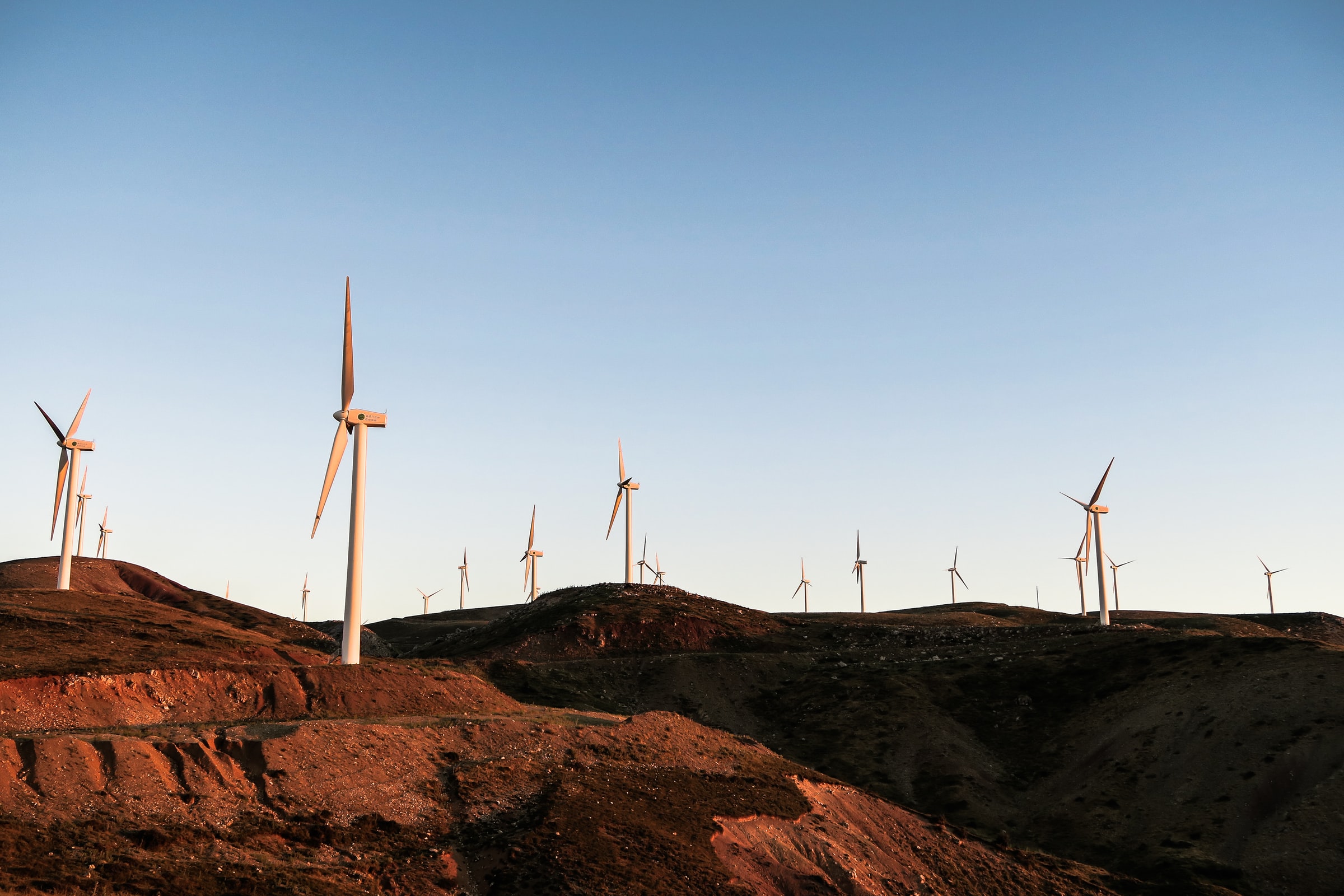Global consulting firm McKinsey & Co. has released a study about the cost of reaching net-zero greenhouse gas emissions targets by 2050.
Its conclusion? Much more investment is needed – in the ballpark of $25 trillion more than what’s been budgeted under current policies.
The hypothetical and non-exhaustive report estimates that capital spending on physical assets for energy and land-use systems to transition to net-zero by 2050 would equal about $275 trillion, or $9.2 trillion per year. This is equivalent to an average annual increase of $3.5 trillion.
“To put this increase in comparative terms, the $3.5 trillion is approximately equivalent, in 2020, to half of global corporate profits, one-quarter of total tax revenue, and 7 percent of household spending,” notes the report.
“An additional $1 trillion of today’s annual spend would, moreover, need to be reallocated from high-emissions to low-emissions assets.”
Elements such as technological innovation could reduce those capital requirements and have a positive impact on the total cost and speed of implementation. In addition, while jobs in the fossil fuel sectors would be substantially reduced, the report estimates a sizable increase in jobs in the renewable power, hydrogen, and biofuels sectors by 2050.
McKinsey’s report states that global decarbonization will be possible only if nine system-level requirements are met. These include physical building blocks, economic and societal adjustments, governance, institutions, and commitments.
The report projects that coal production for energy use would be nearly extinct by 2050, while oil and gas production volumes would drop by 55 percent and 70 percent.
Increased demand for other sectors would drive the cost of steel and cement higher by 30 percent and 45 percent, respectively.
Consumers are also expected to face higher electricity costs, with lower-income households hit the hardest. Because of the countries’ decarbonization efforts, consumers may be obligated to replace their vehicles and home heating systems with lower-emissions alternatives, which would create an additional financial burden. Over time, those costs should tick down as replacement becomes more mainstream.
Poorer countries and those more dependent on fossil fuels would be more harshly affected. Those would need to invest at least 50% more as a percentage of their GDP vs. the developed nations to reach their goals.
The report also points out that there is likely to be a bumpy ride in the transition, which would, in turn, raise the costs to reach the net-zero carbon goals by 2050. But the transition also brings with it new growth opportunities in the areas of low-emissions products, supply chains, and support services.
The study calls for strong cooperation between governments and businesses to plan and invest in managing those risks and taking advantage of various new opportunities. As of December 2021, over 70 countries representing more than 80 percent of global carbon emissions and 90 percent of global GDP have committed to net-zero goals. In addition, more than 5,000 companies are participating in the United Nations’ Race to Zero campaign, noted the report.
But despite the existing commitments, it is still estimated that global warming will exceed 1.5 degrees Celsius above preindustrial levels by 2050. Many still need to implement and execute their plans while weighing short and long-term risks.
“Today, while the imperative to reach net-zero is increasingly recognized, the net-zero equation is not solved,” stated the report. “This state of affairs should not be surprising, given the scale of the task at hand. Achieving net-zero emissions by 2050 would entail a fundamental transformation of the global economy.”





